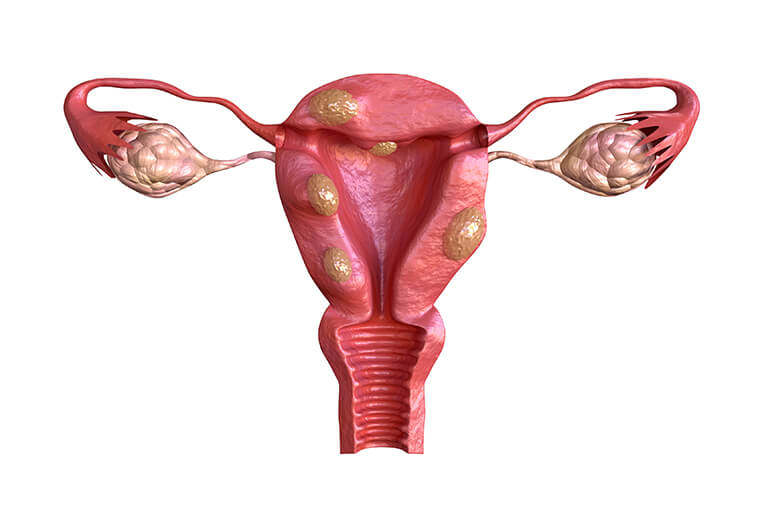
What is Uterine Fibroids?
Fibroids are non-cancerous growths that develop in or around the womb (uterus).Fibroids affect 80% of women aged 30 – 50 yrs. Obesity is a risk factor


Fibroids are non-cancerous growths that develop in or around the womb (uterus).Fibroids affect 80% of women aged 30 – 50 yrs. Obesity is a risk factor
20-30% women in reproductive age group have uterine fibroids.
– Heavy or painful periods
– Tummy and back pain
– Exhaustion
– Frequent need to urinate
– Constipation
– Acidity or distention of abdomen
– Discomfort during sex
By the clinical presentation and pelvic ultrasound. Sometimes an MRI may be needed.
If the symptoms are not troubling, then no treatment is needed. However, a regular follow up is needed. If there are symptoms, the options include medication or surgical treatment.
The best treatment depends on number of factors
– Which symptom or symptoms are most bothersome
– The size, number, and locations of fibroids
– The desire for pregnancy
– Age -most fibroids shrink or stop causing symptoms after menopause
– Growth of fibroid after menopause
– Suspicion of malignancy.
– The expertise of the clinician in hysteroscopy and laparoscopy.
– For select cases, medical treatment is advised.
– Submucosal fibroids (SM) grow and bulge towards the inside of the uterus and are mostly symptomatic.
– Traditionally, treated by laparotomy ( a big cut on the tummy ). Now laparoscopy & hysteroscopy is preferred.
– Hysterectomy is not always required.
– It is possible to remove SM fibroids by Outpatient Operative Hysteroscopy ( i.e no or minimal anaesthesia), safe and acceptable by many women. We call it a “ WALK IN & WALK OUT “ procedure.